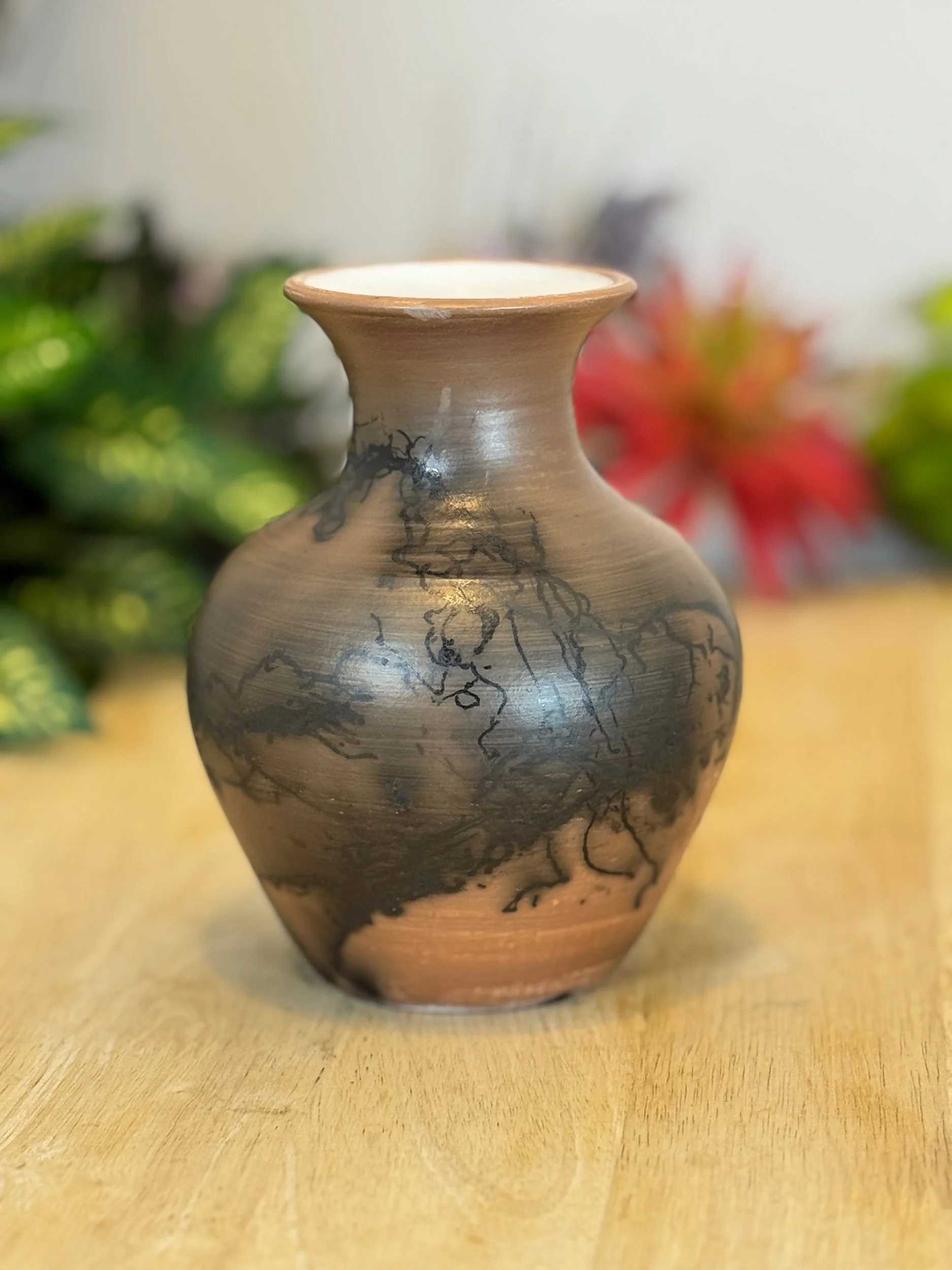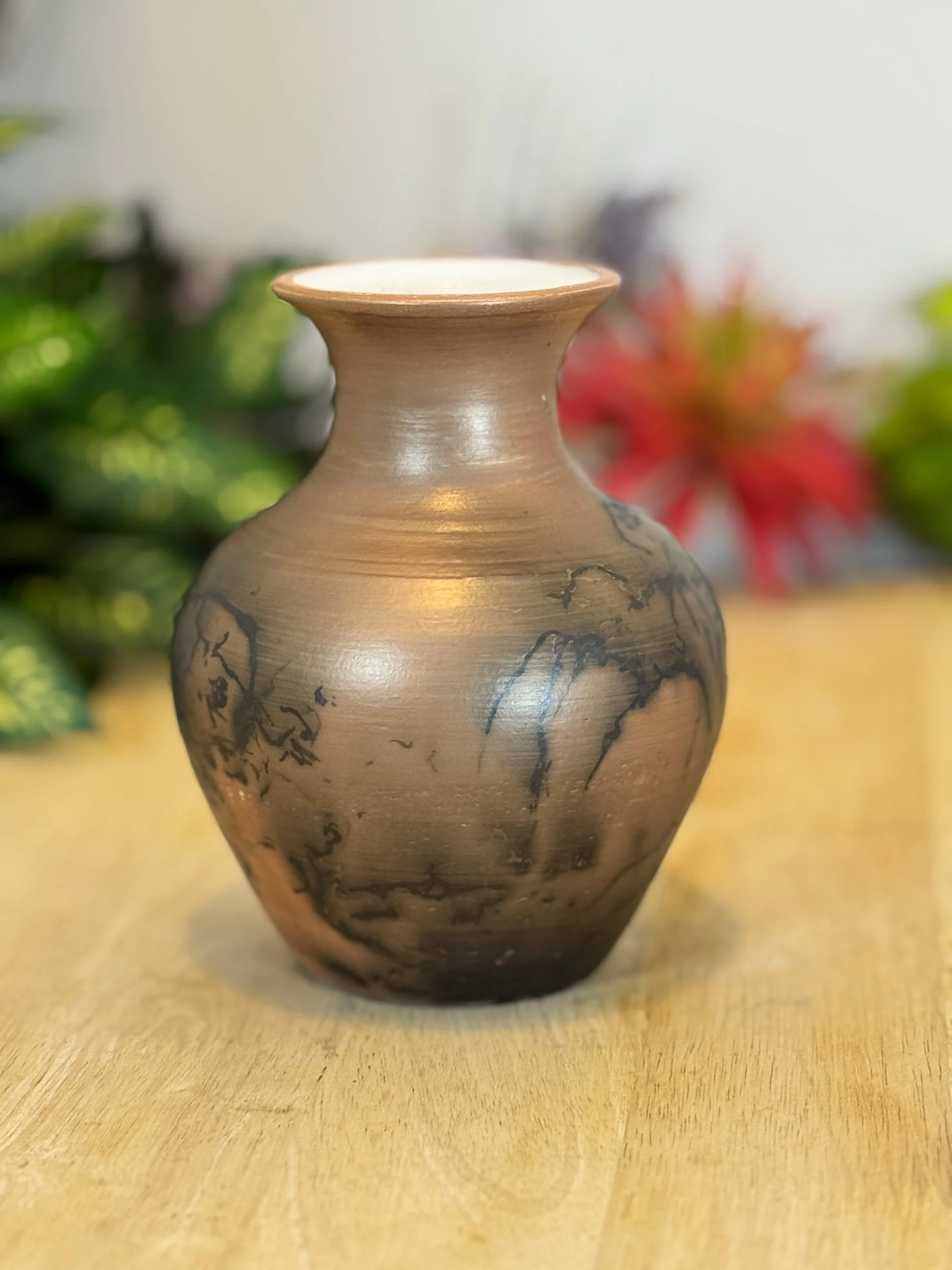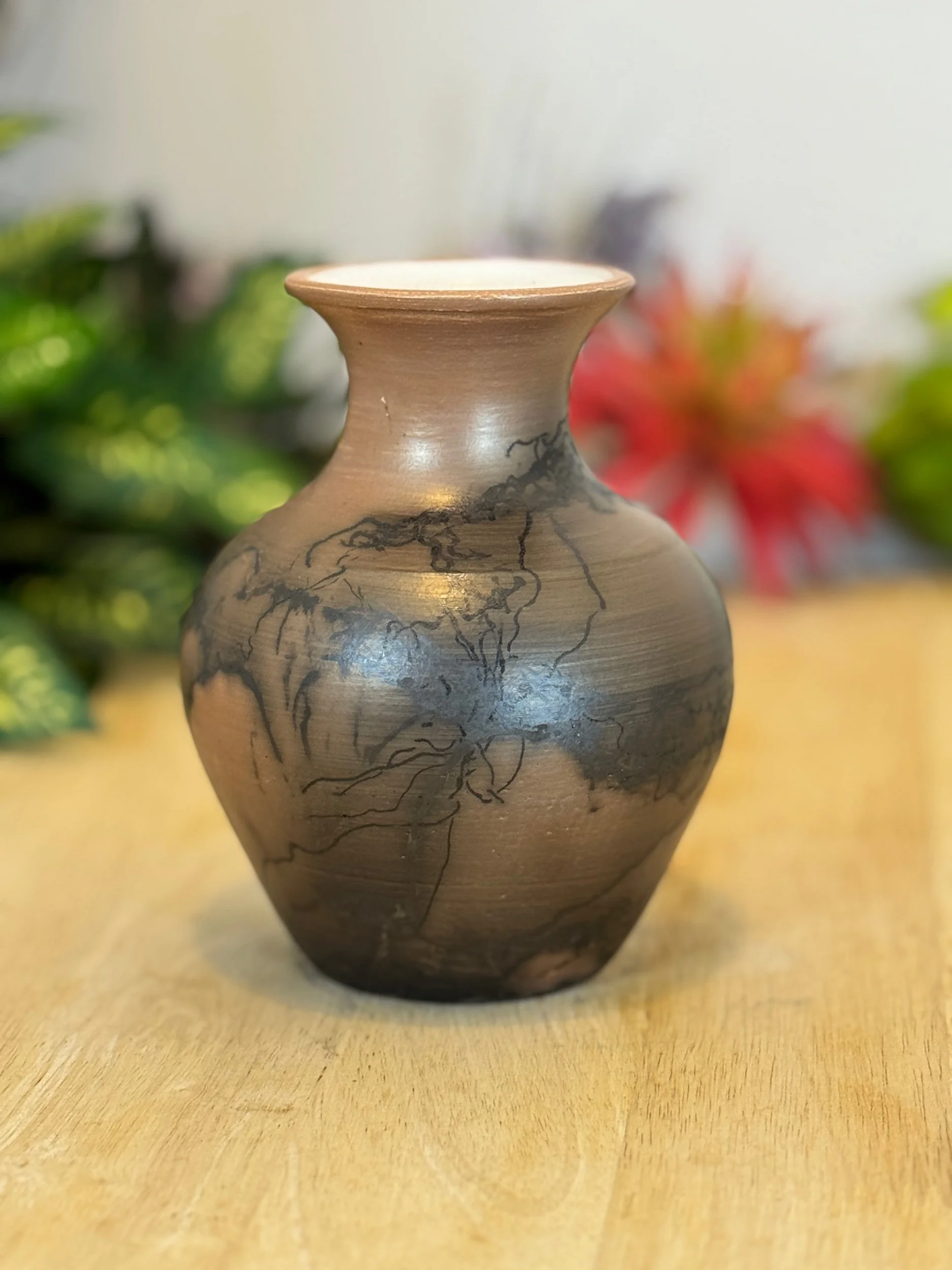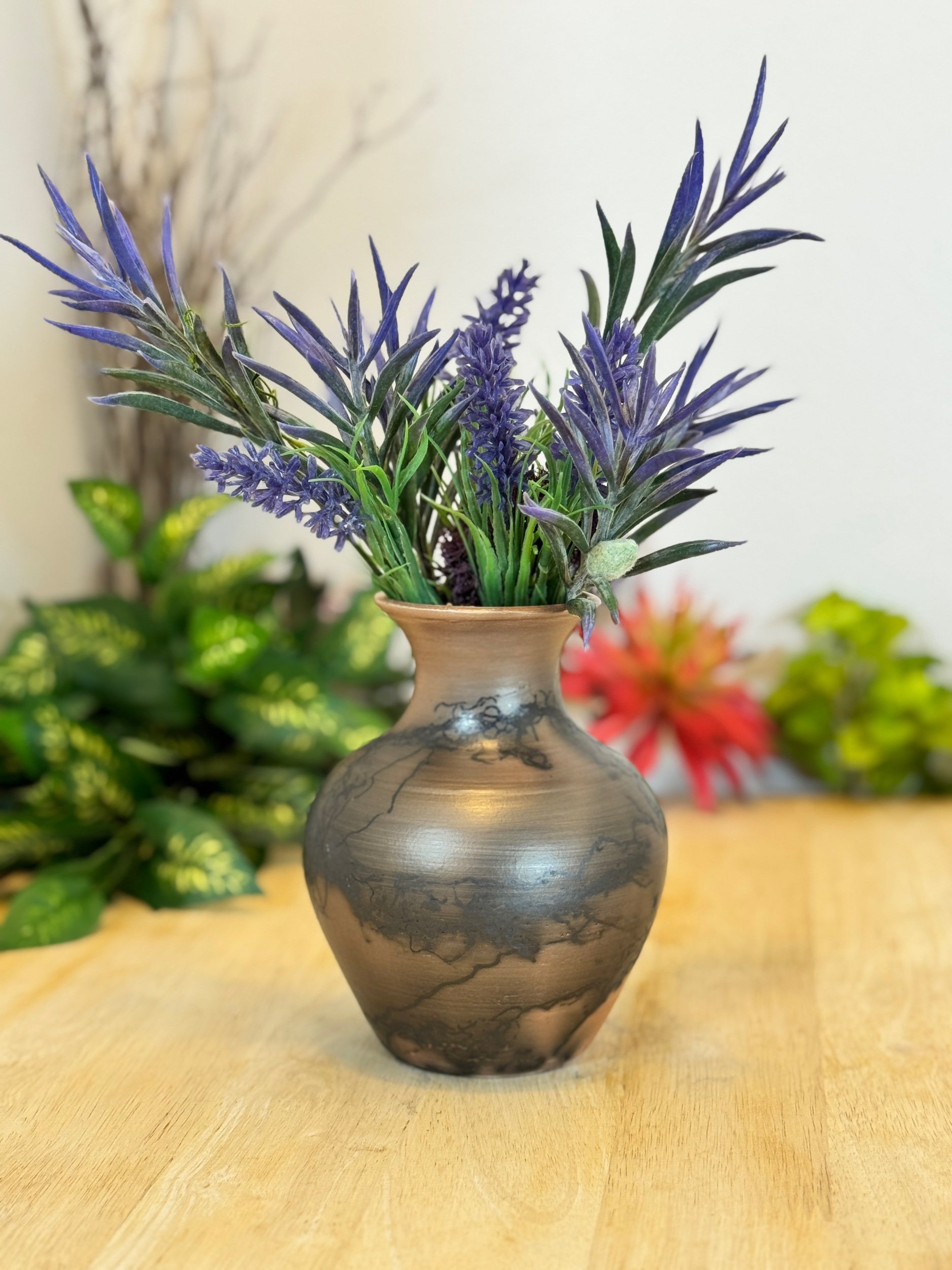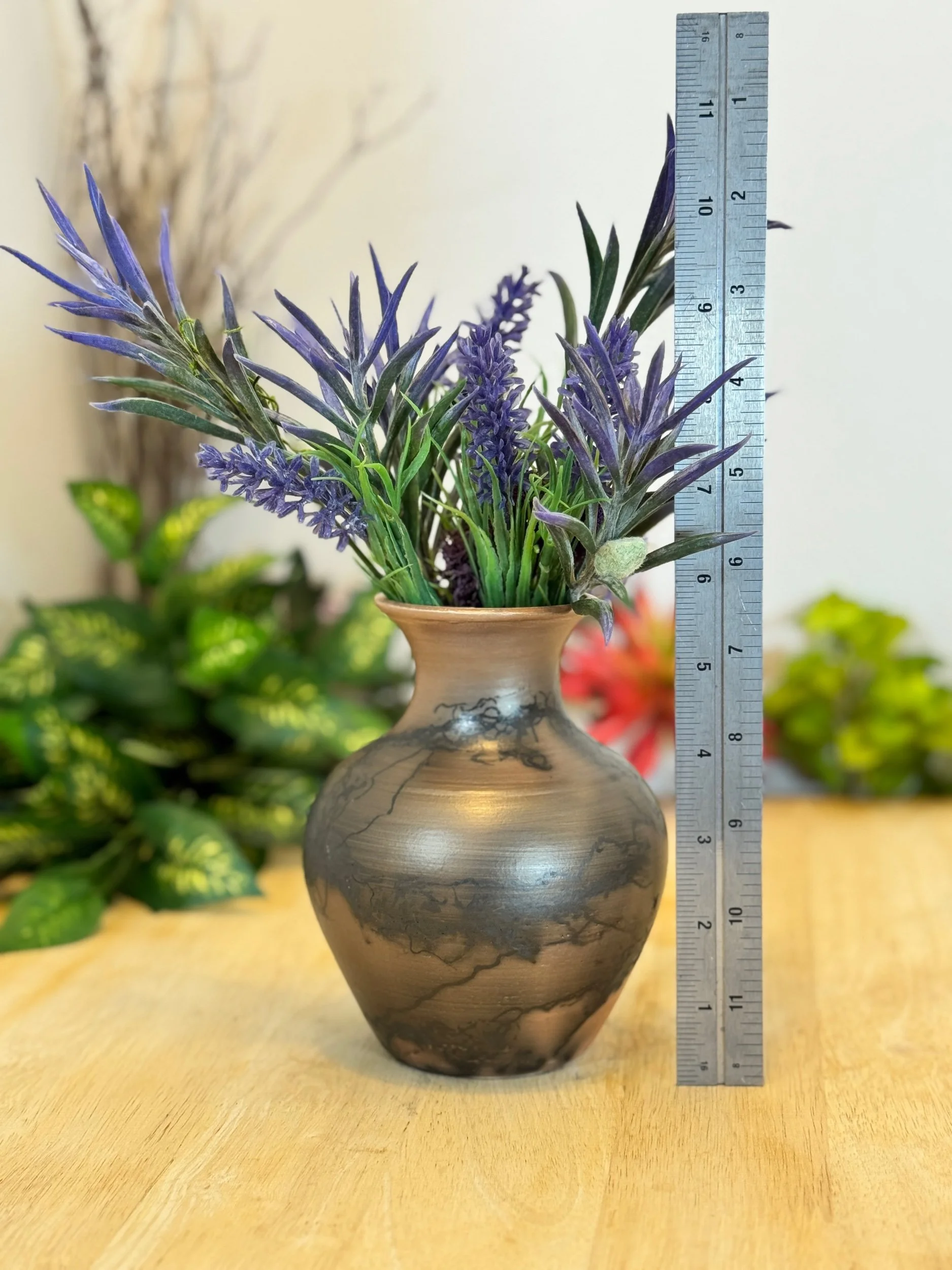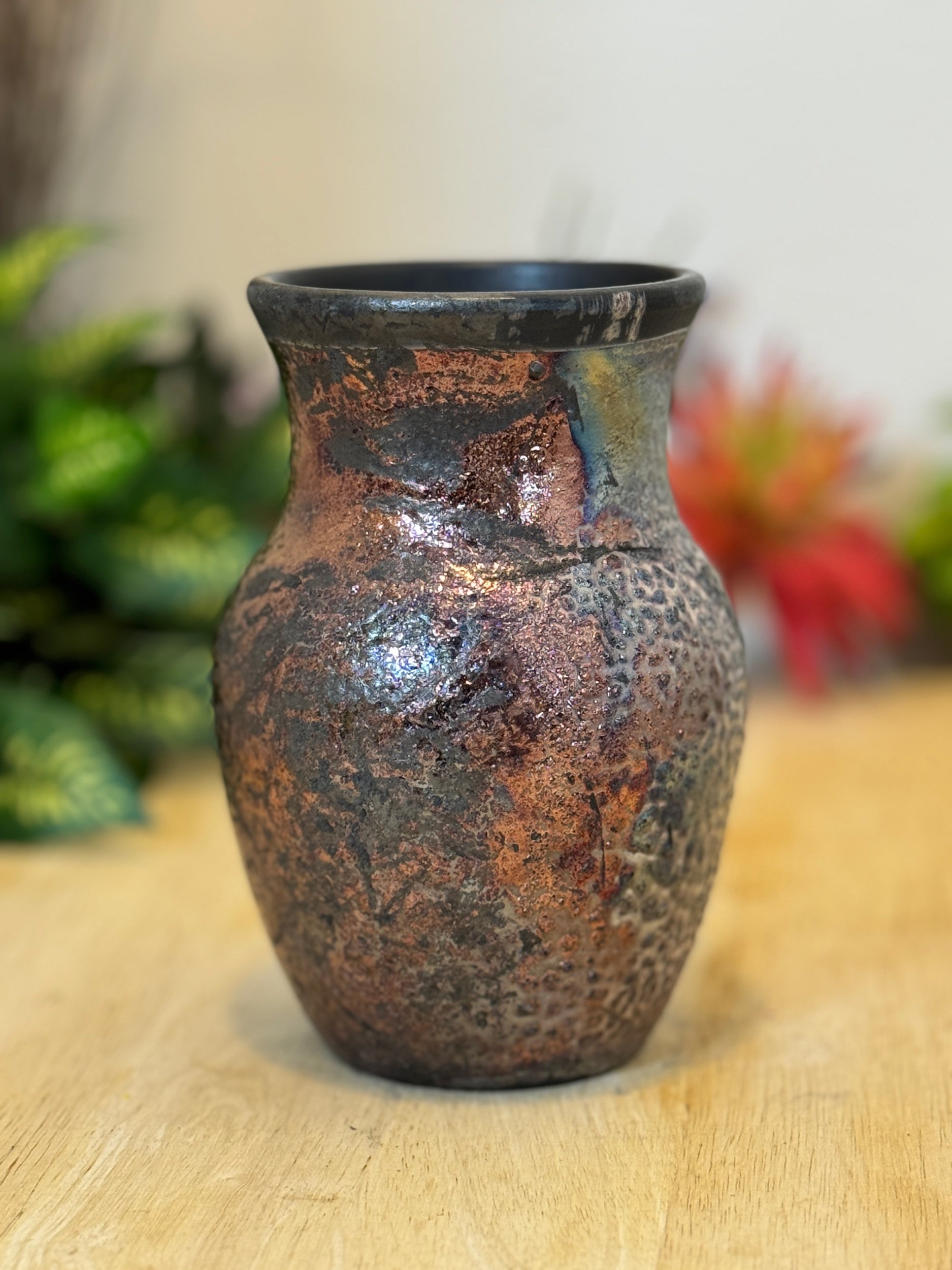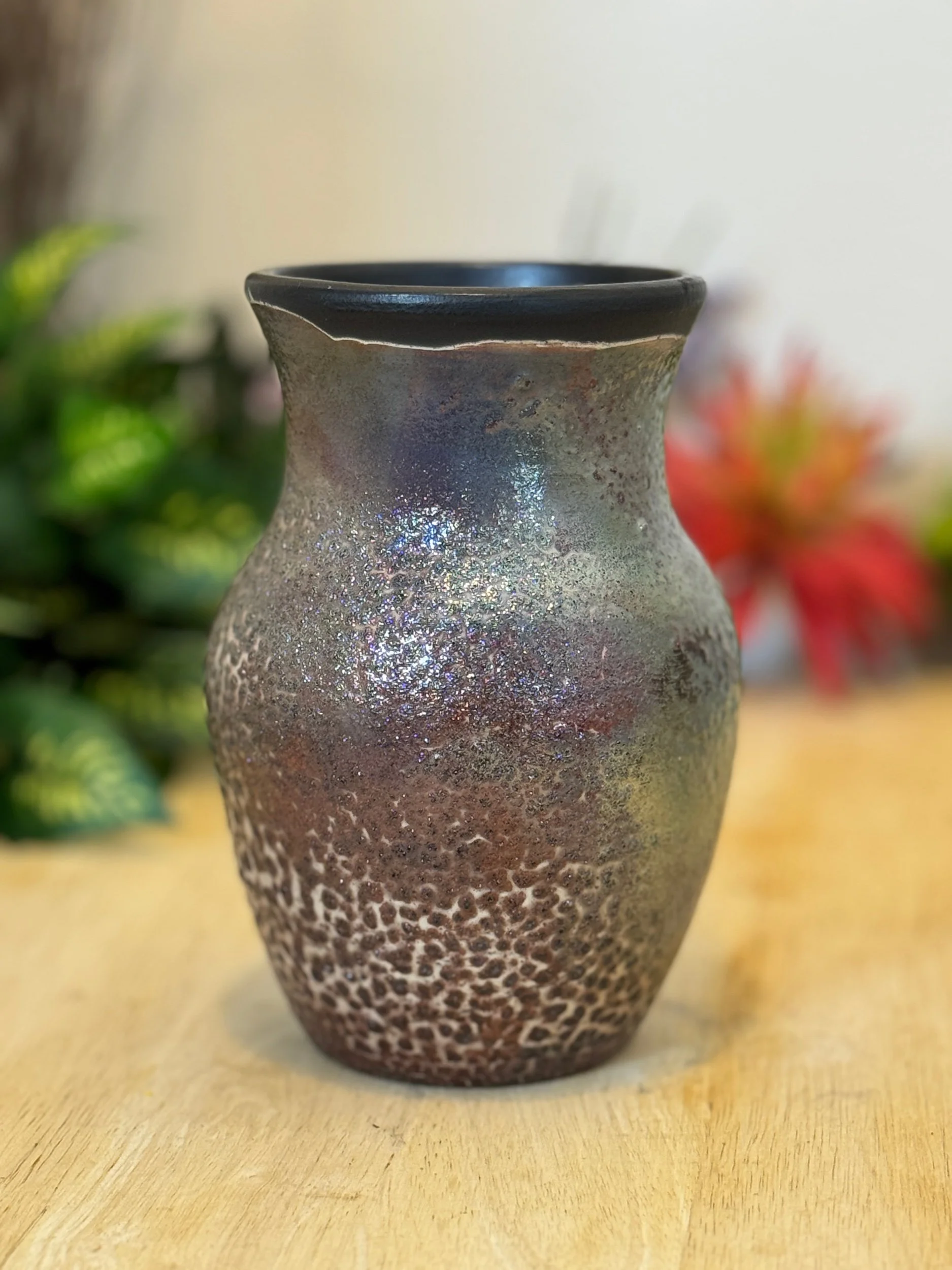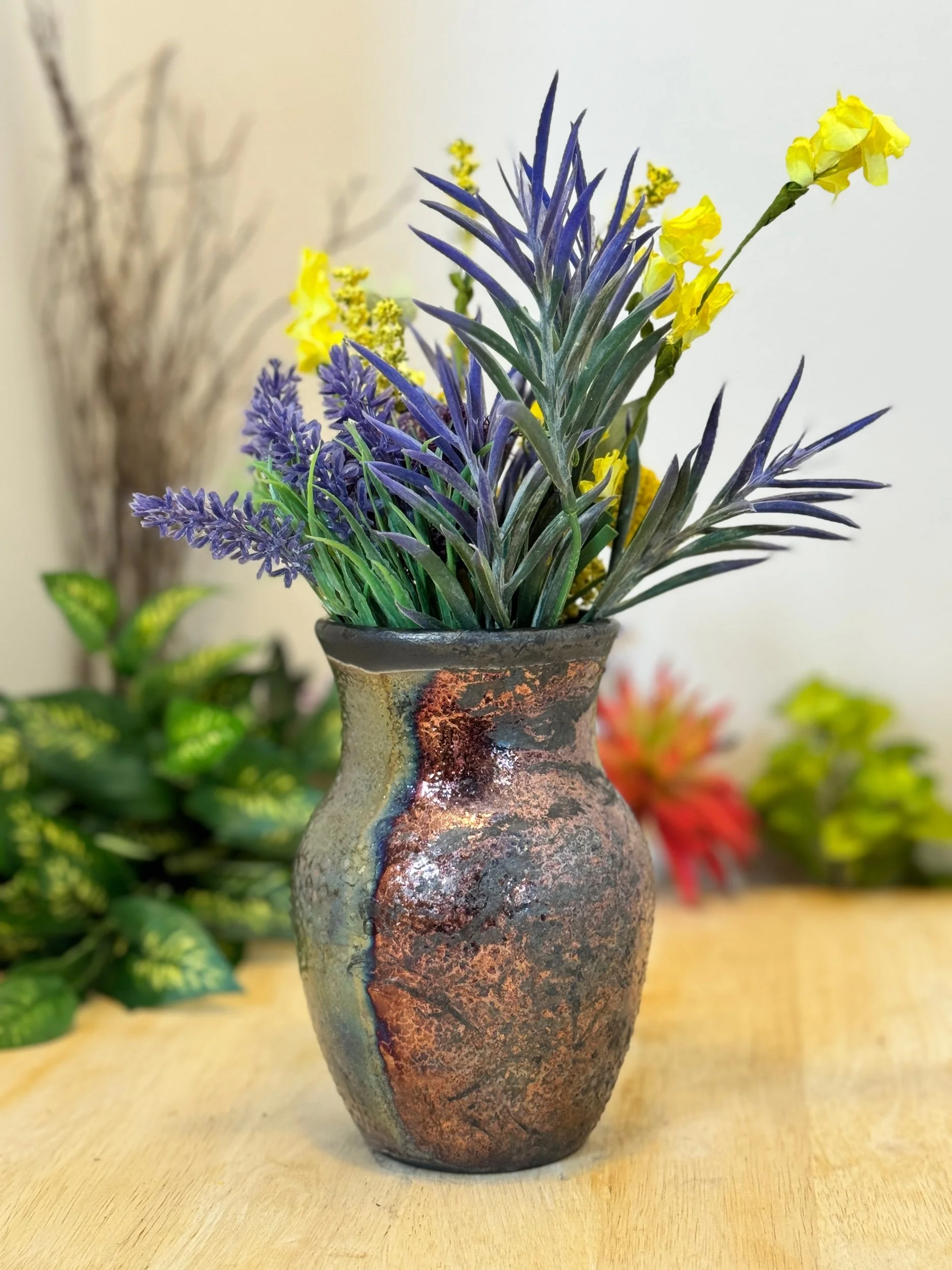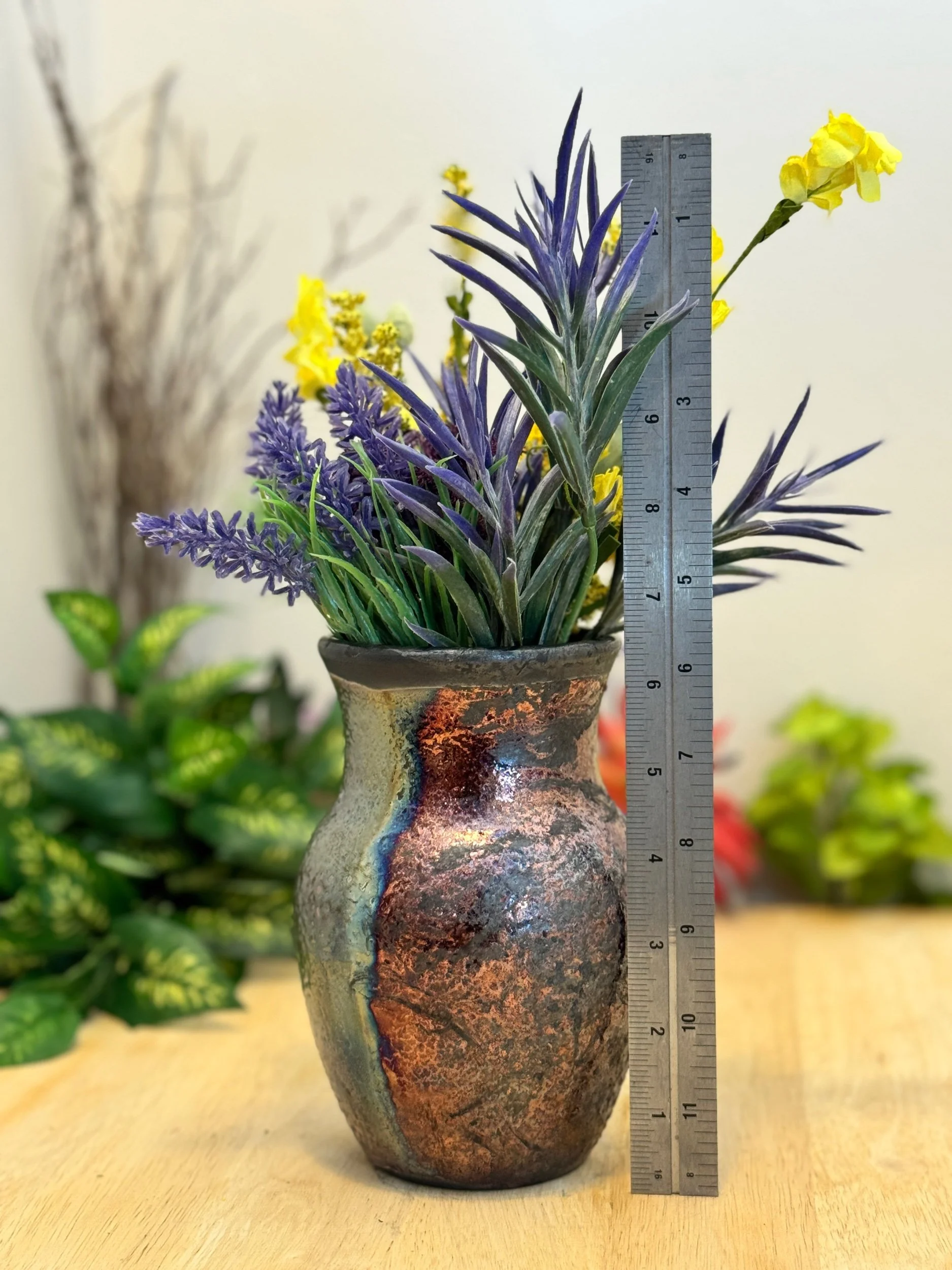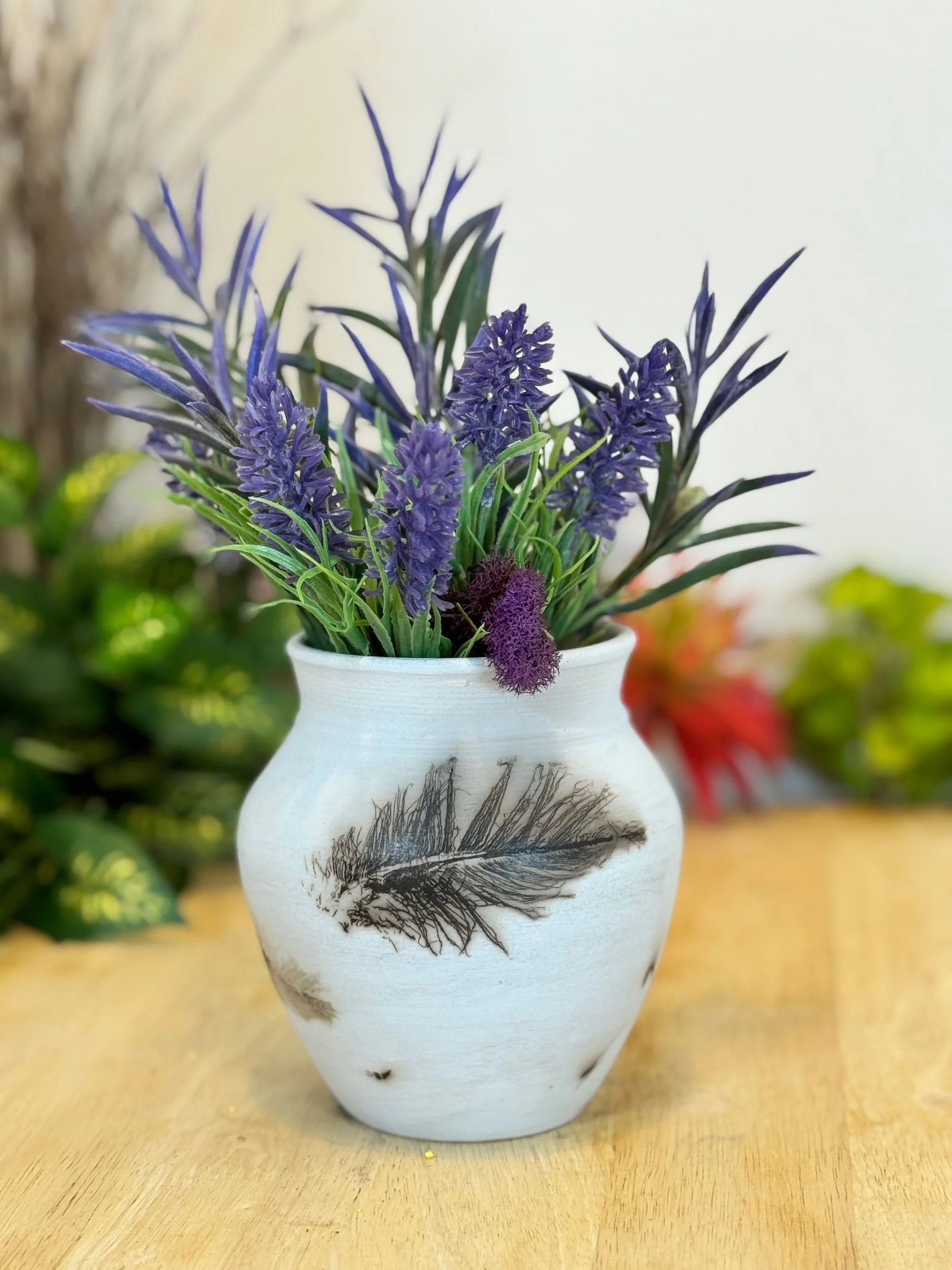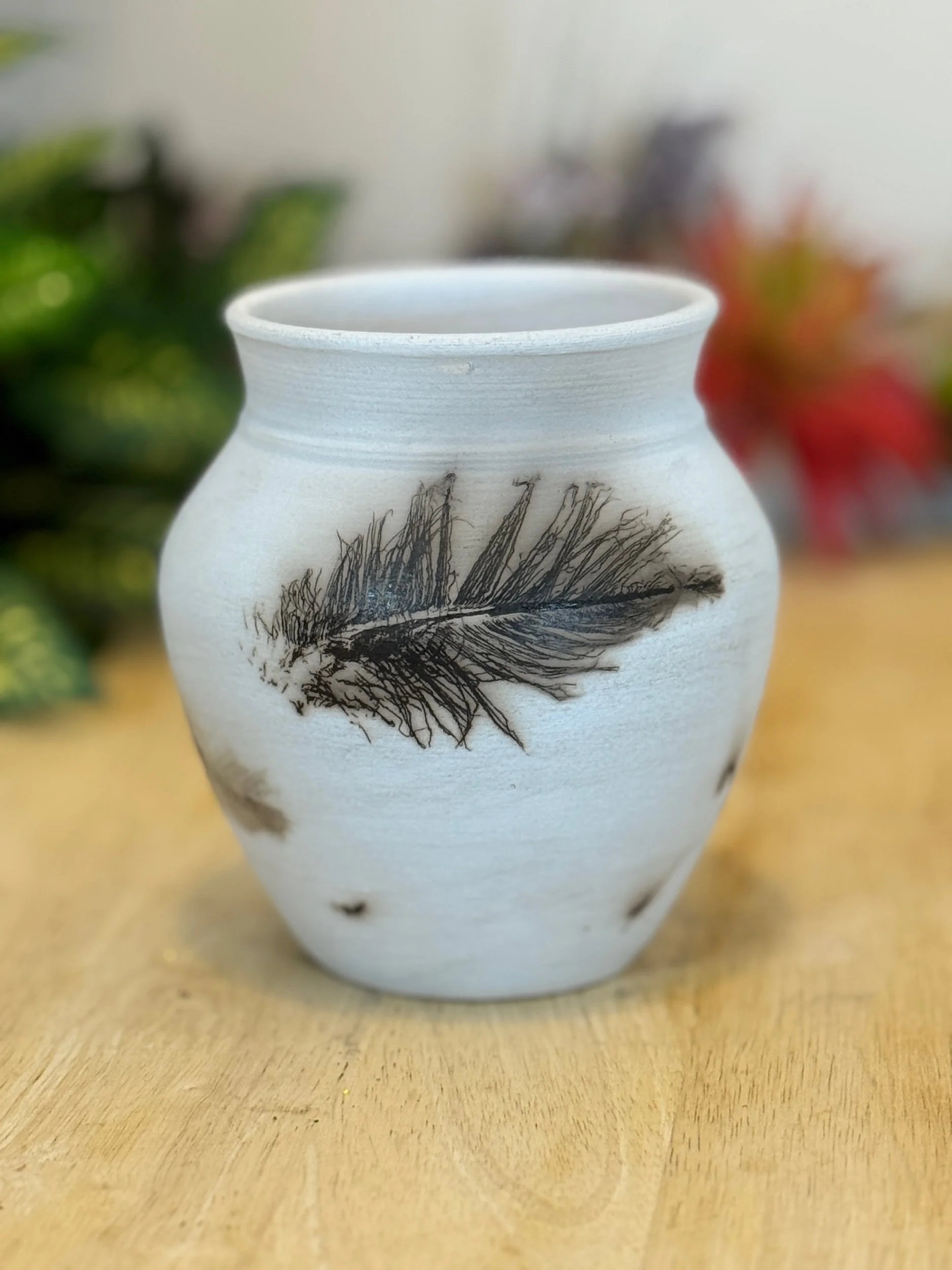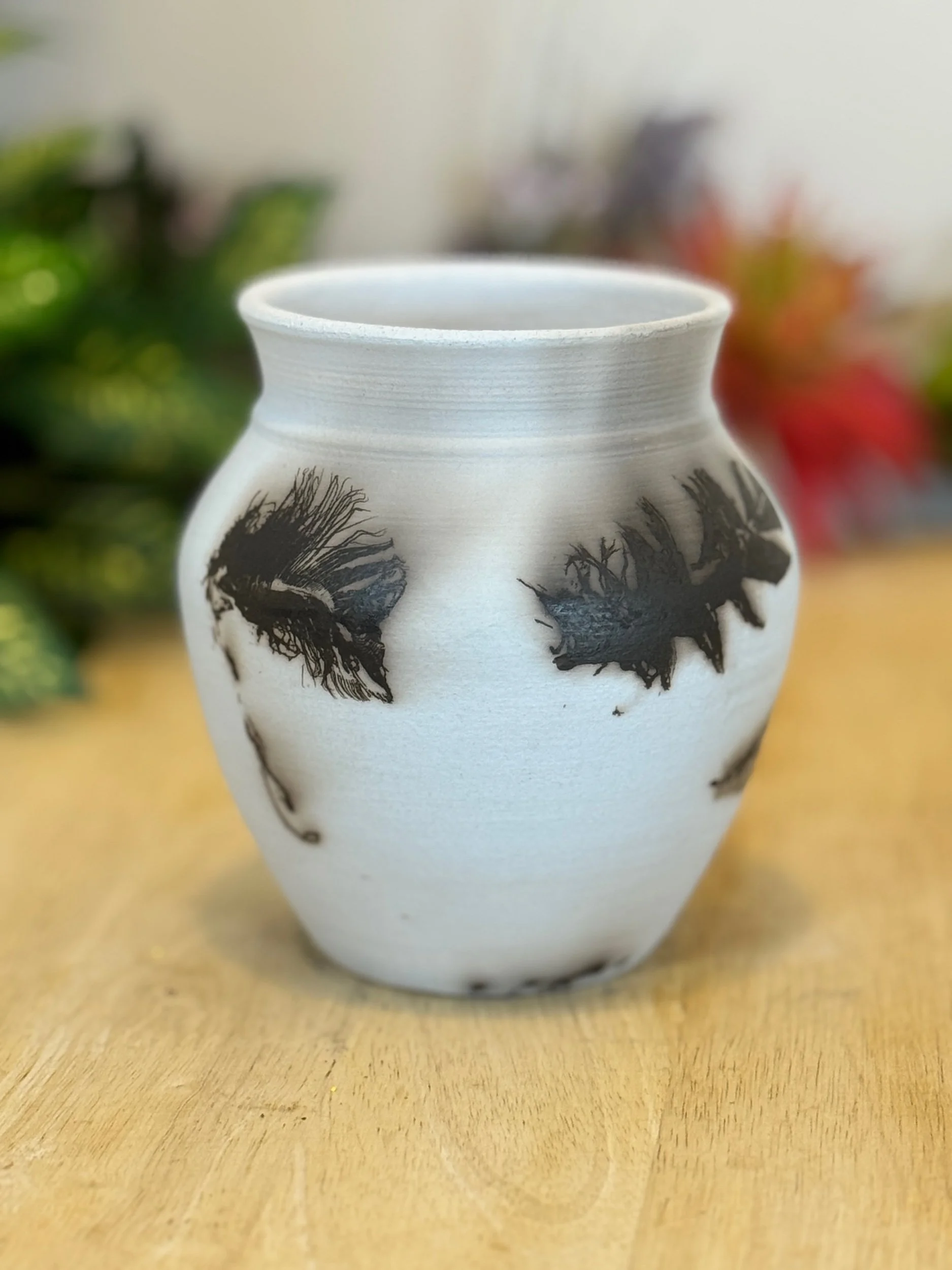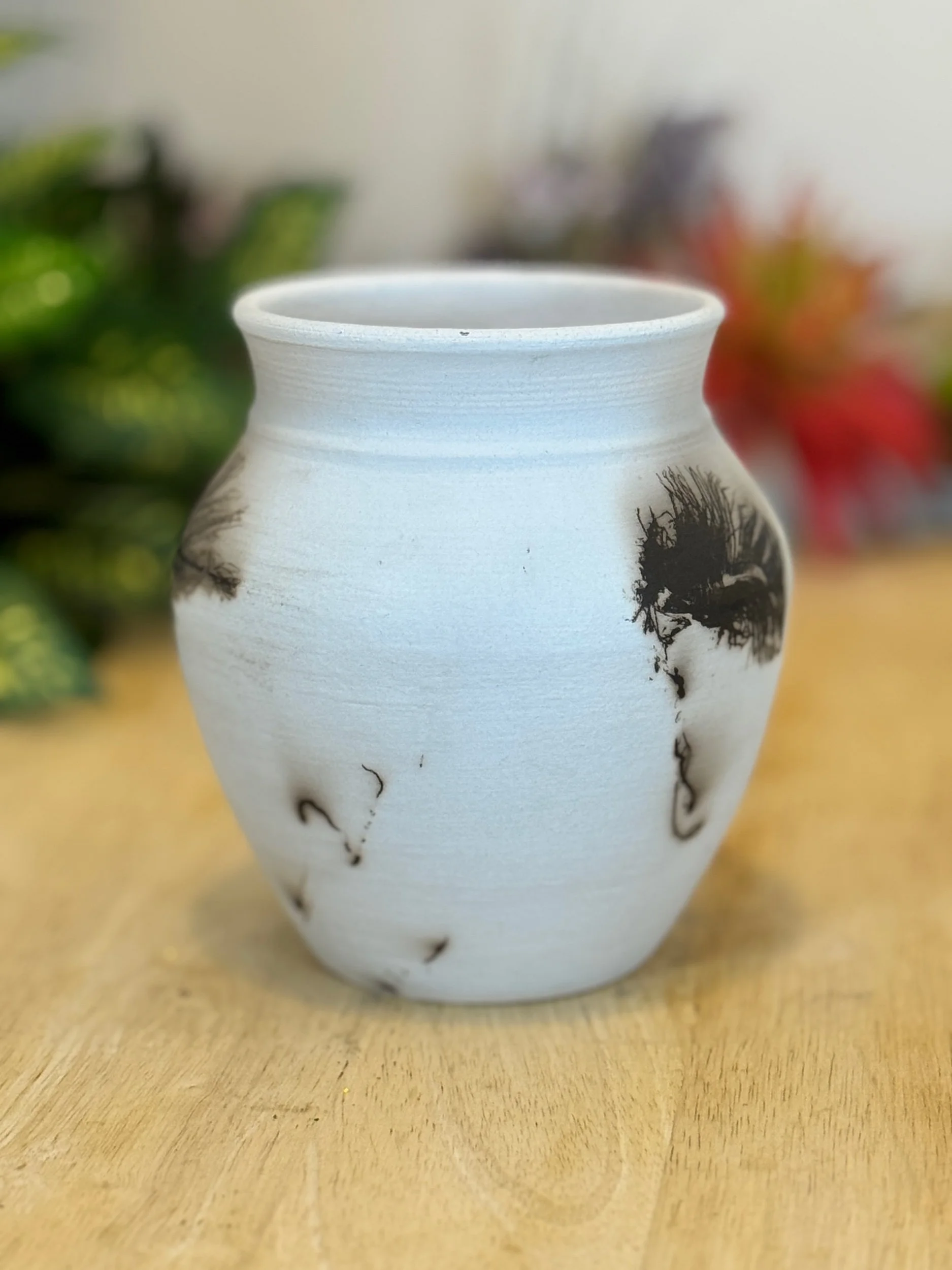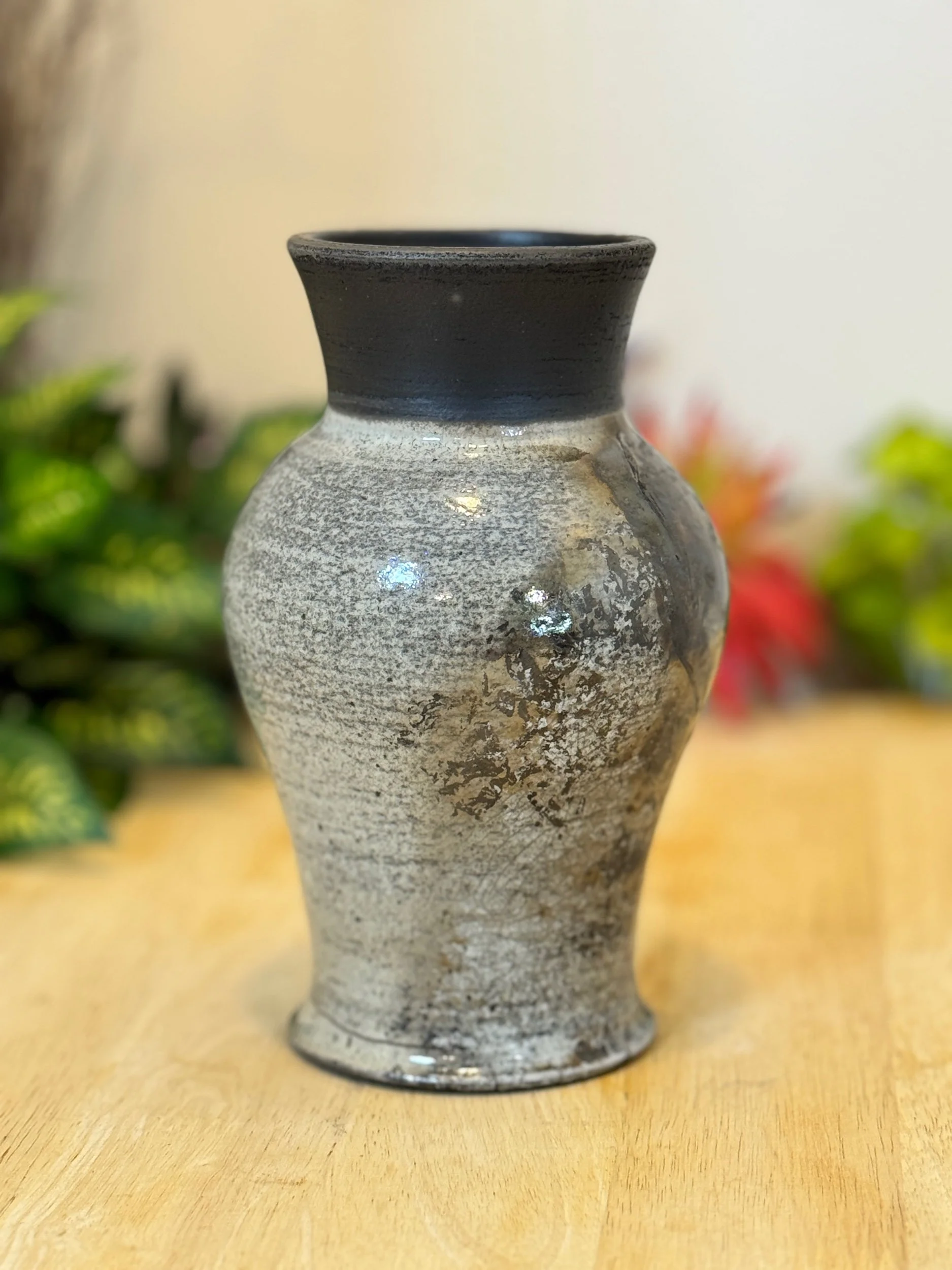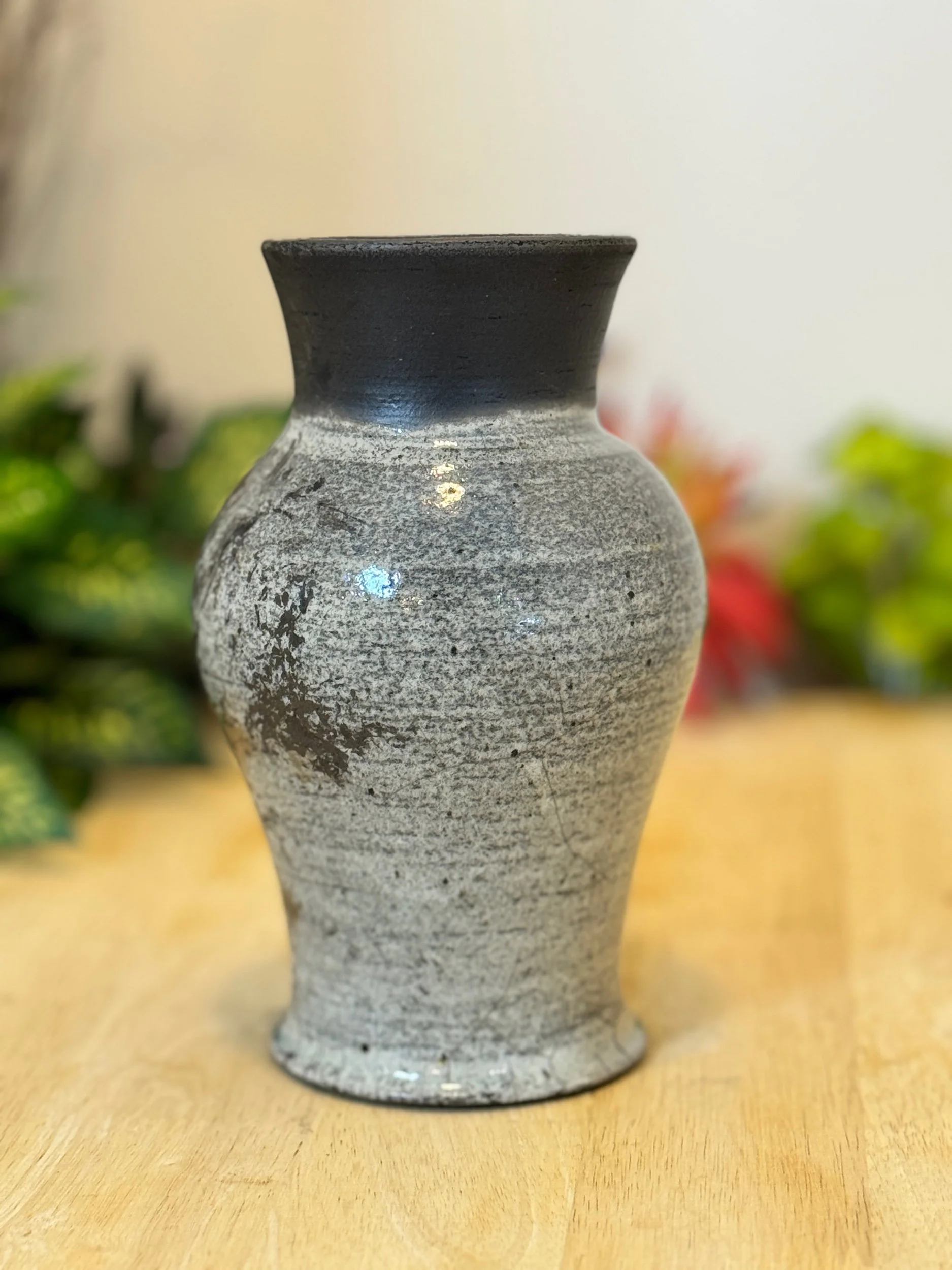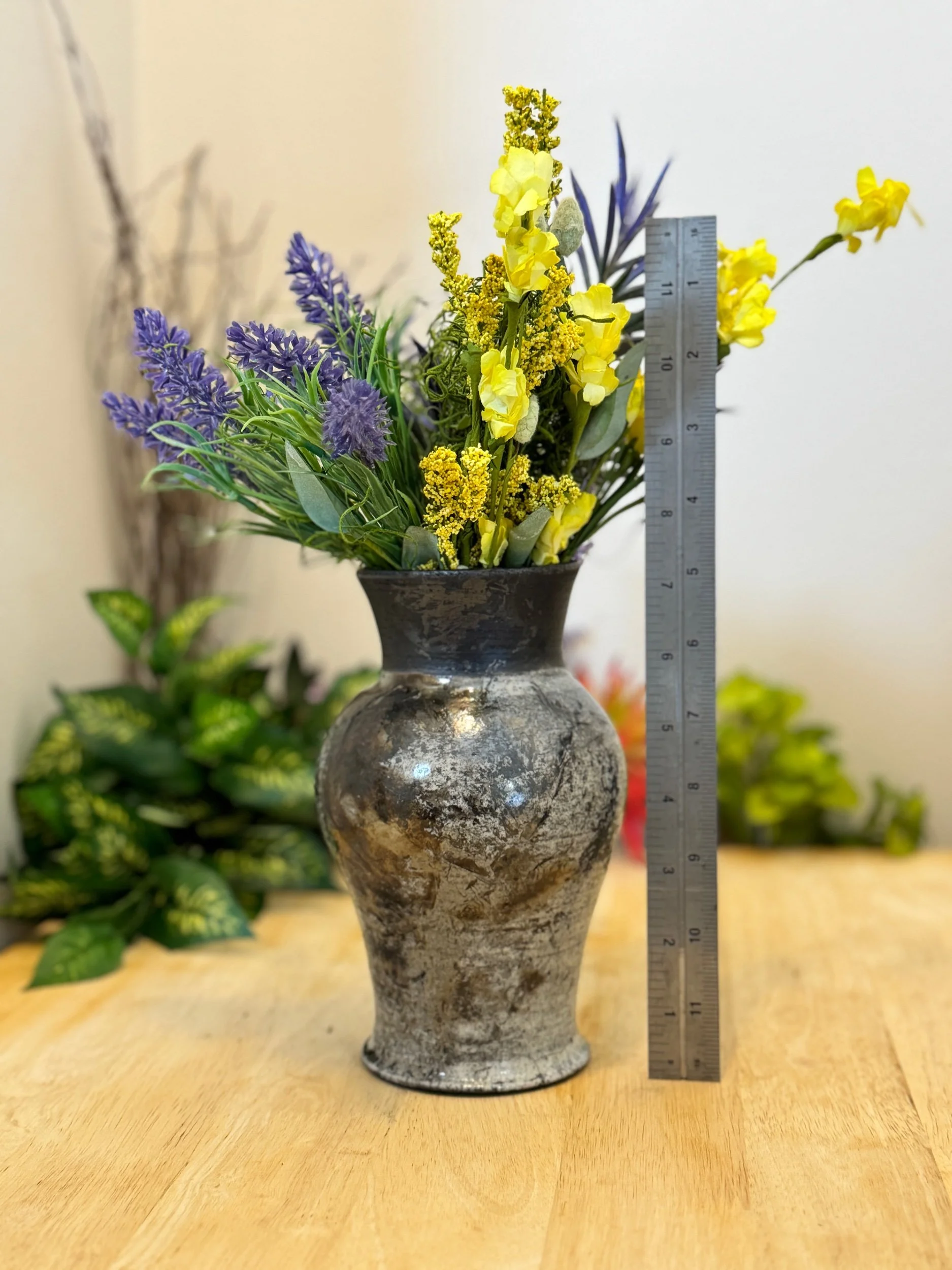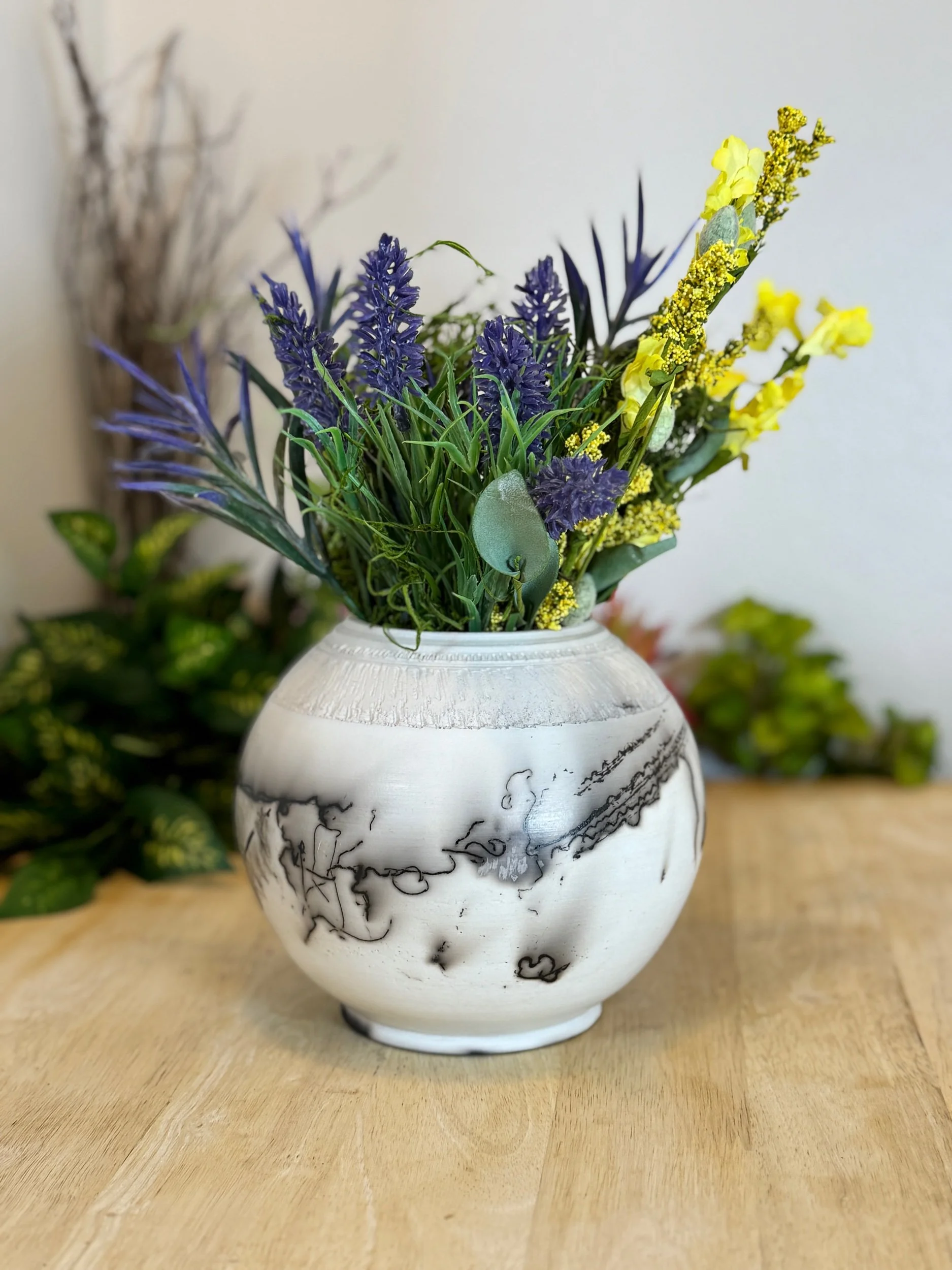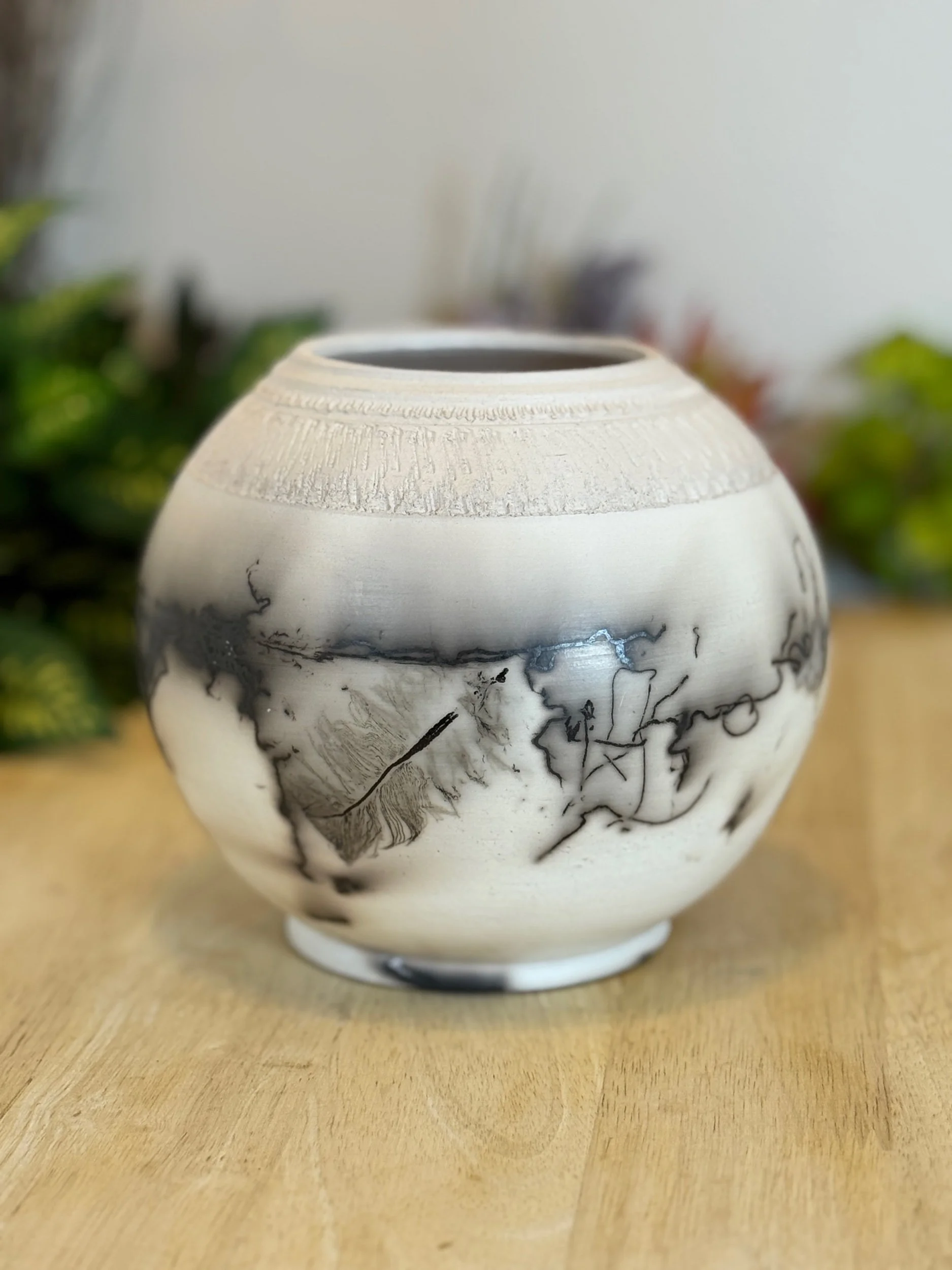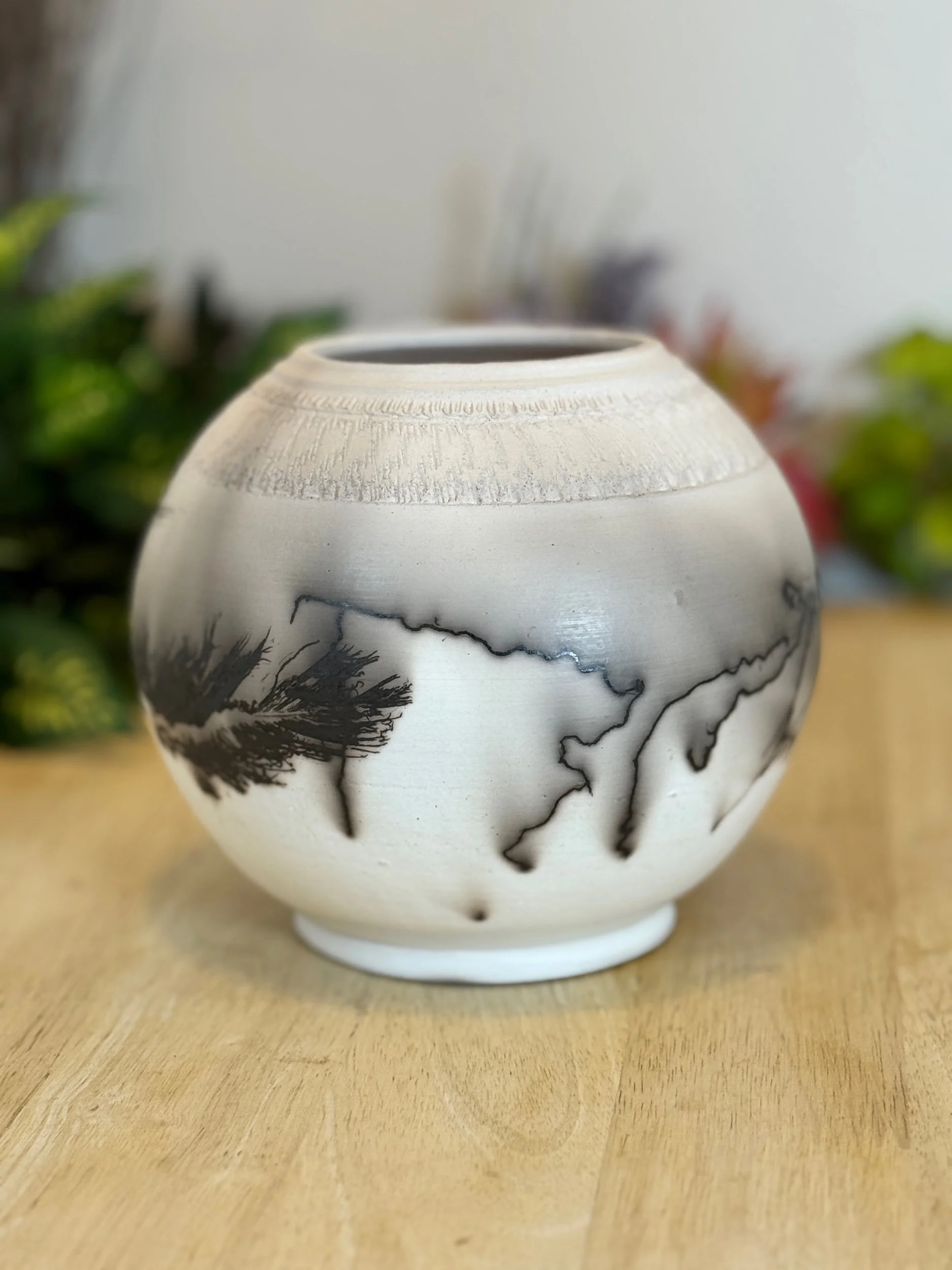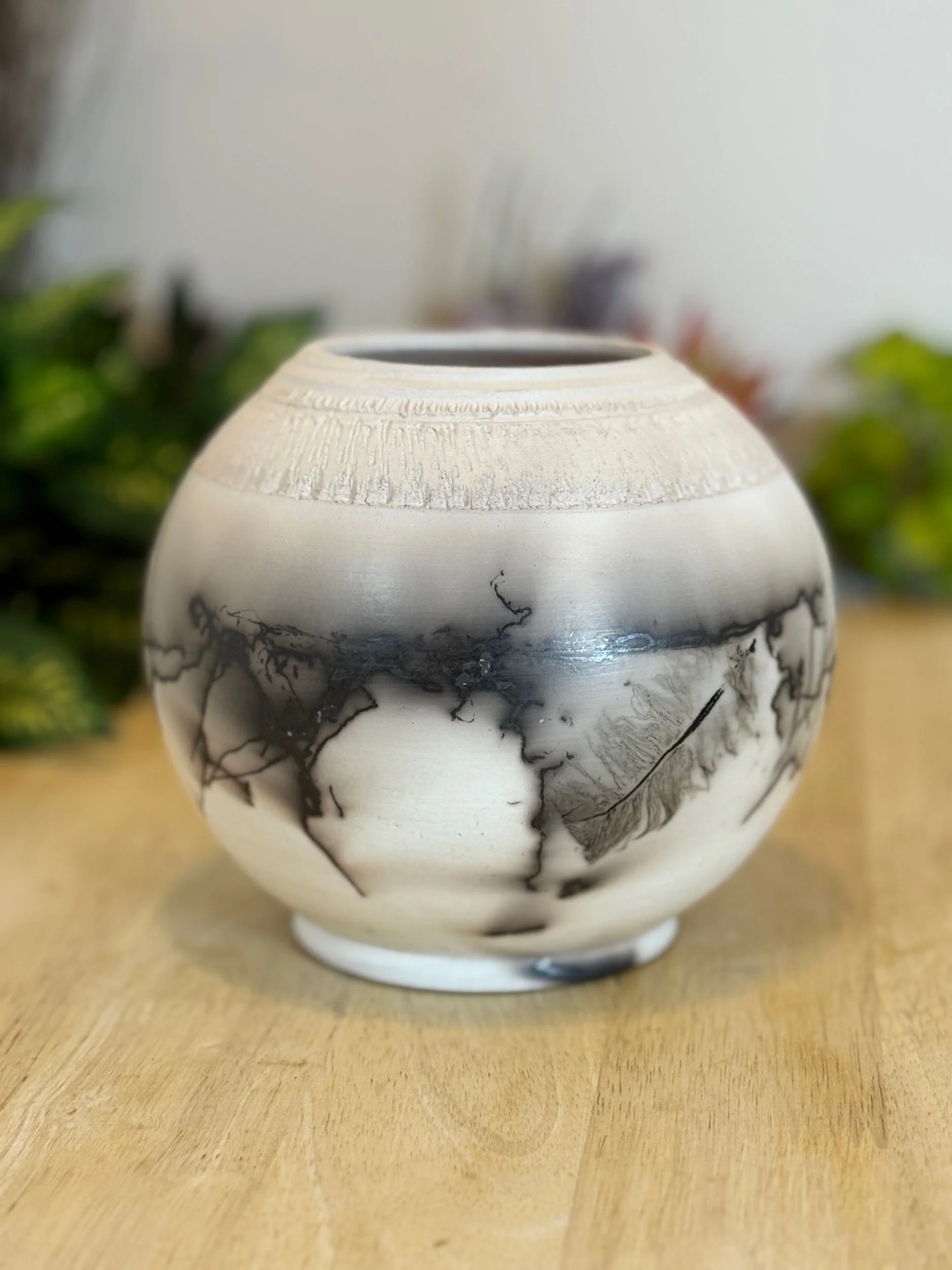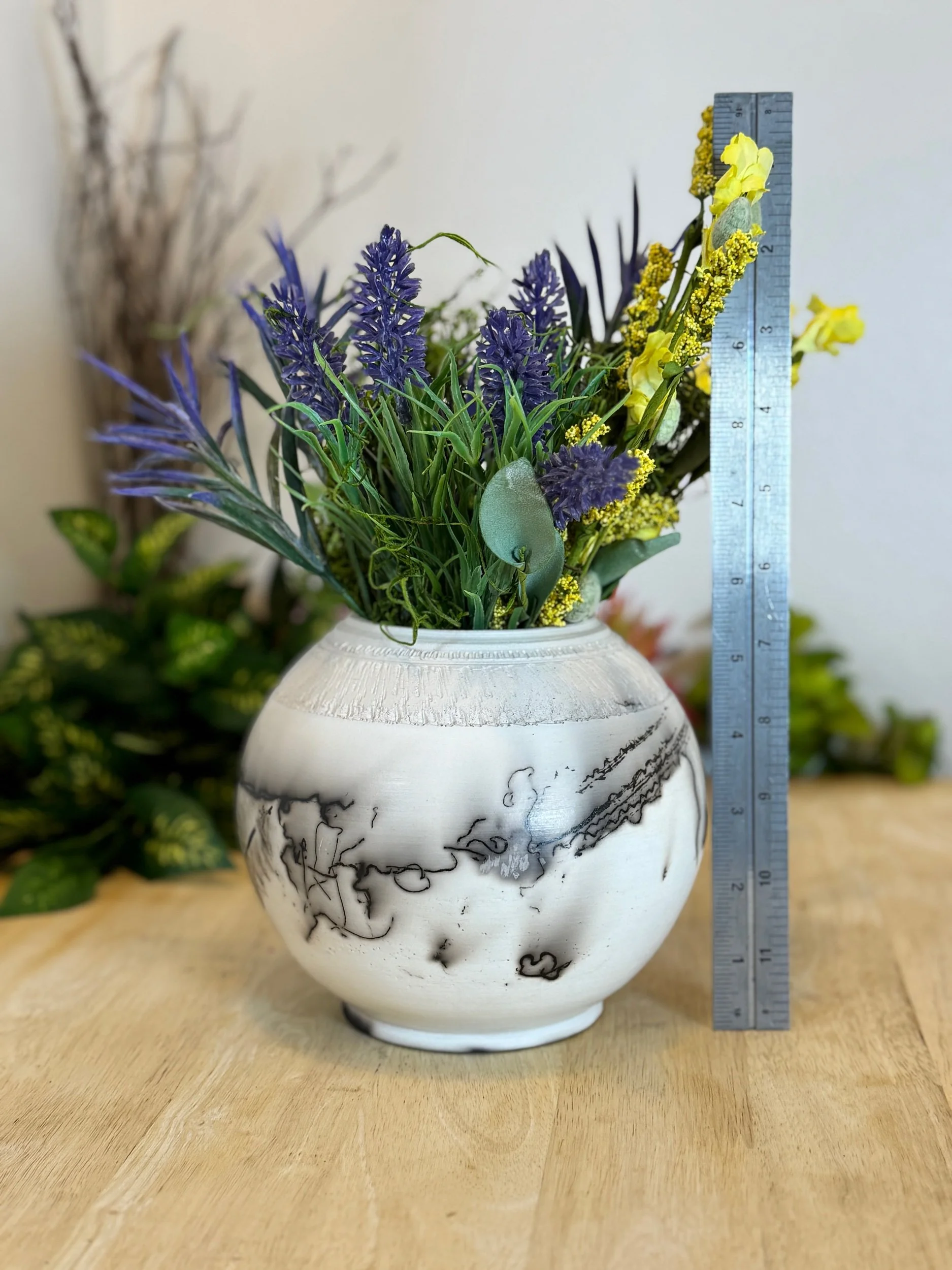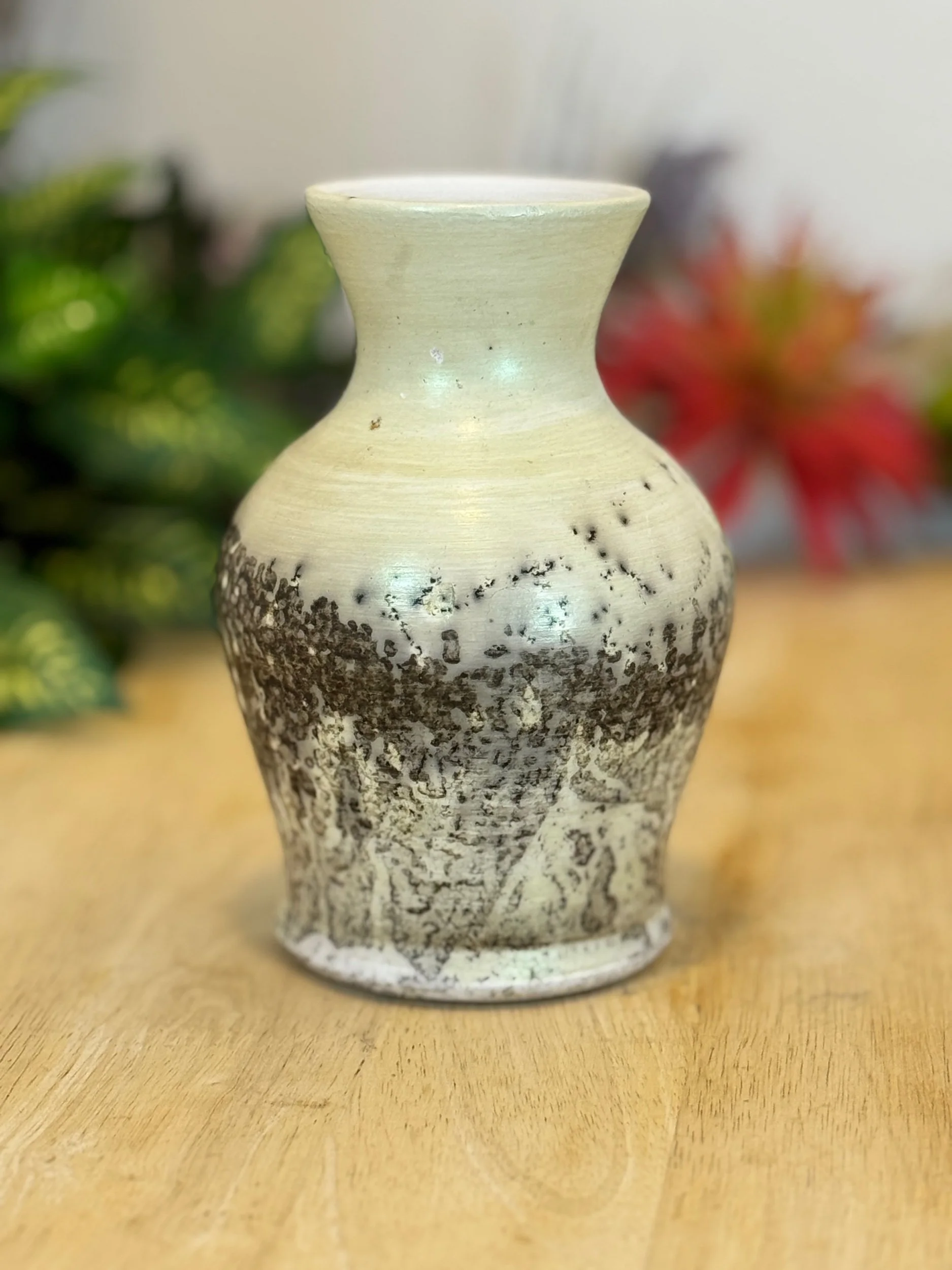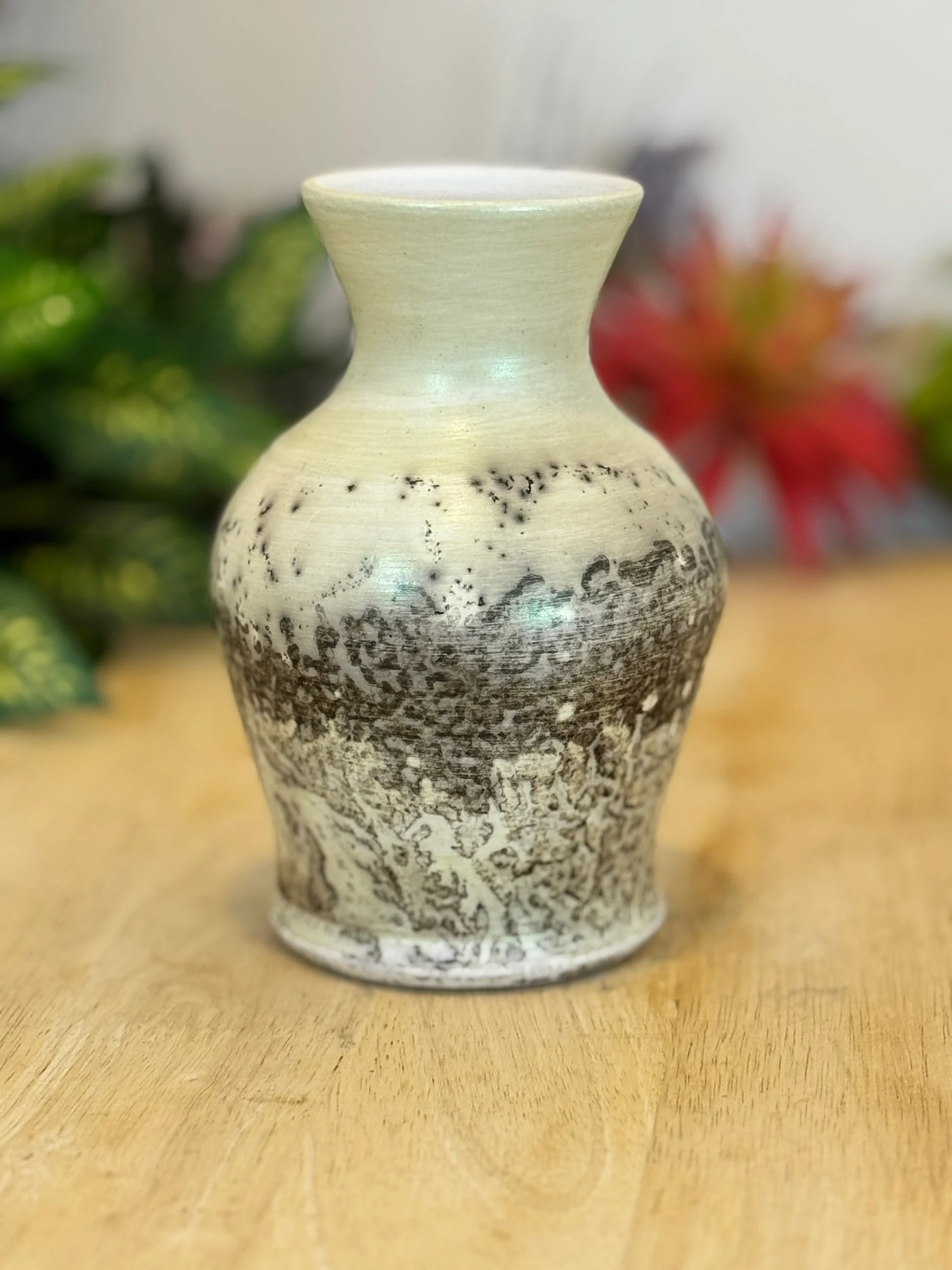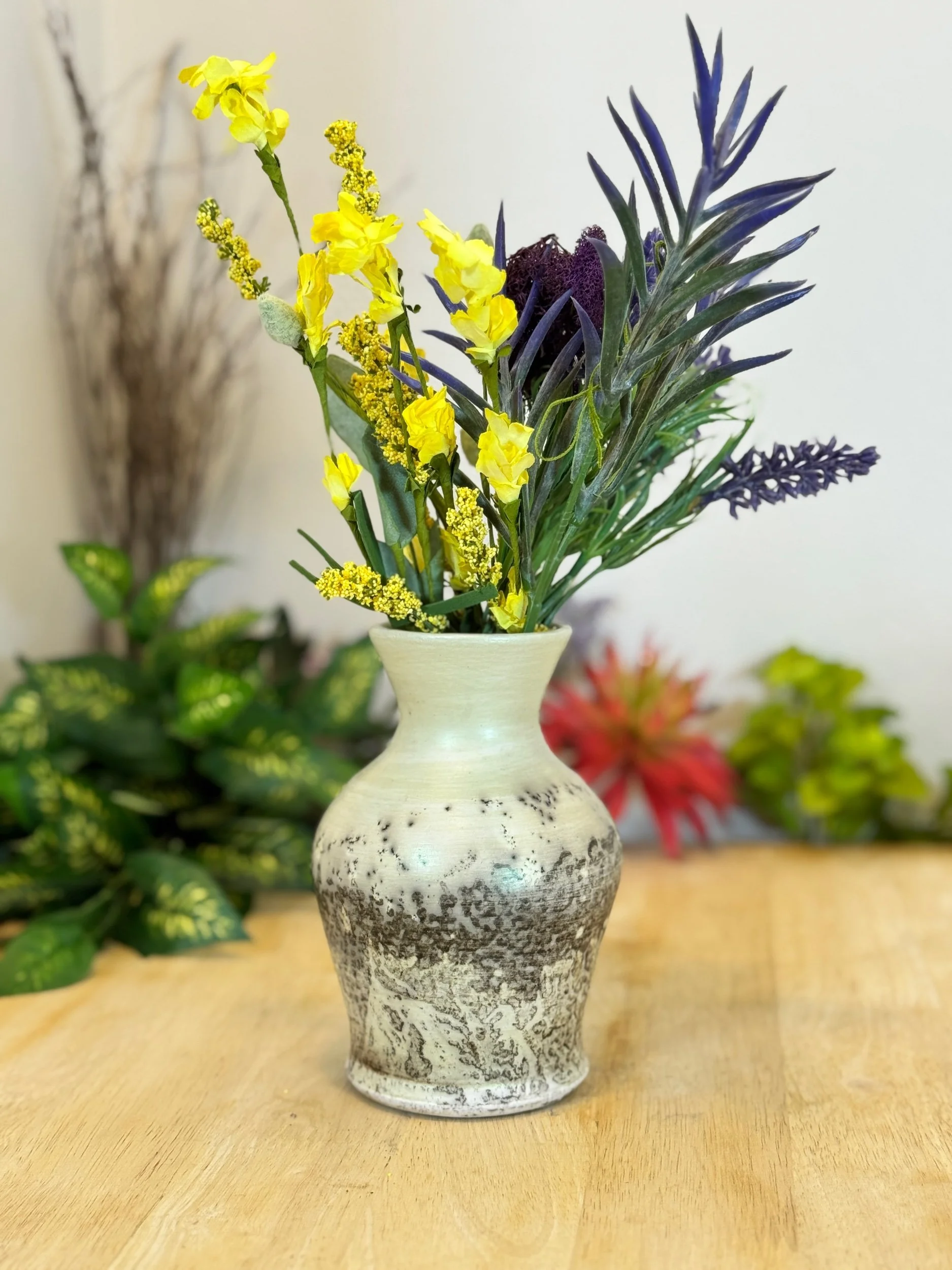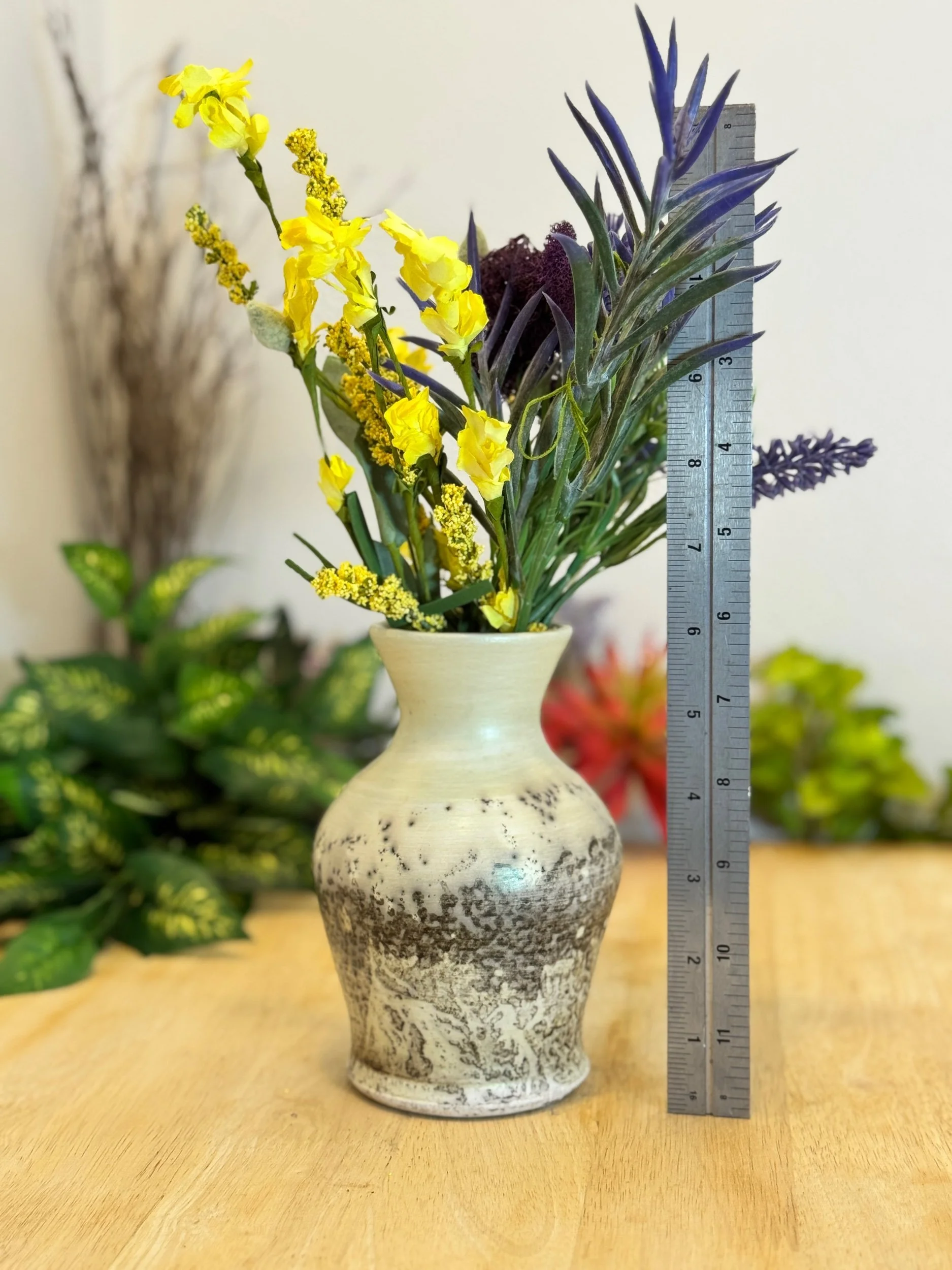The raku firing technique is a traditional Japanese method of pottery that originated in the 16th century, primarily for creating tea ceremony bowls. It involves removing pottery from the kiln while it's still glowing hot, typically between 1,600°F and 1,800°F (870°C to 980°C), and then placing it in a reduction environment—often a container with combustible materials like sawdust or newspaper. This rapid cooling and oxygen reduction process creates unique effects on the glaze and clay, such as crackled surfaces, metallic lusters, and unpredictable color variations, often in shades of black, copper, or iridescent hues.
The technique starts with bisque-fired pottery coated with special raku glazes. During firing, the kiln is opened early, and the pieces are quickly transferred to the reduction chamber, where the lack of oxygen causes the glaze to interact with smoke and carbon. This can produce the distinctive crackle patterns as the glaze contracts at different rates from the clay body. The process is labor-intensive and highly variable, making each piece one-of-a-kind, which adds to its artistic appeal.

